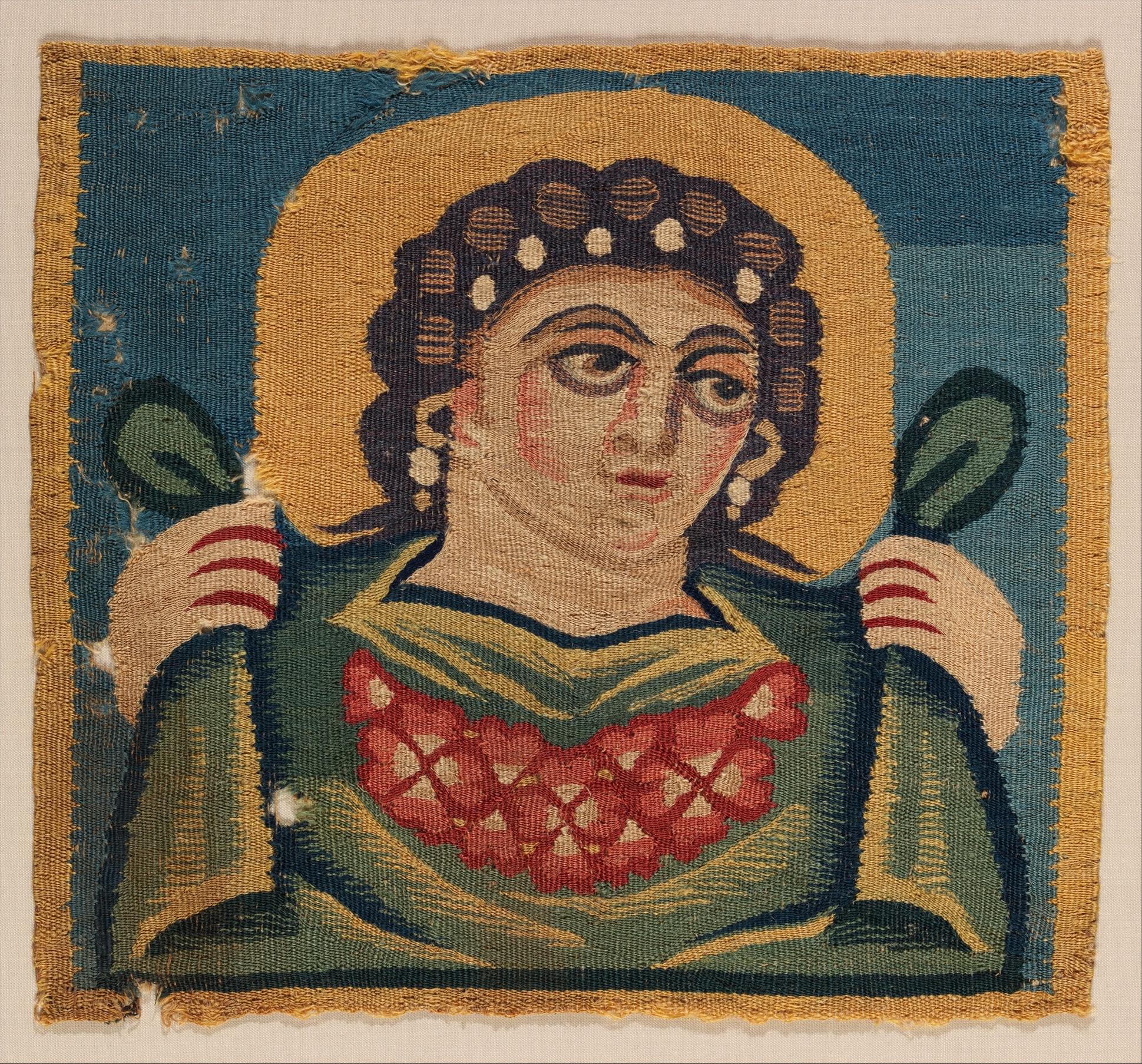This small tapestry panel comes from Egypt and was created somewhere between the 5th and 7th centuries. It was originally used as an appliqué on a larger textile, probably as part of a set. Egypt had a major weaving industry (especially linen) throughout the ancient and medieval period, which brought the country a great deal of its trade and wealth. Unlike the textiles of other cultures, many of these pieces have been preserved by Egypt's hot, dry climate, which prevents rotting.
Personifications of the seasons were thought to represent prosperity. The pink blossoms suggest that this figure is Spring.
Beautiful, isn't it?
P.S. Tapestries are definitely an underrated part of art history. In fact, they are often not only exquisite masterpieces of handcraft but also a medium for many amazing stories from the past. You need to check out these famous medieval Unicorn Tapestries! And there are more stories below!
P.P.S. We are looking for writers and proofreaders for DailyArt Magazine! Take your chance! Here are all the details.


 Unknown Artist
Unknown Artist